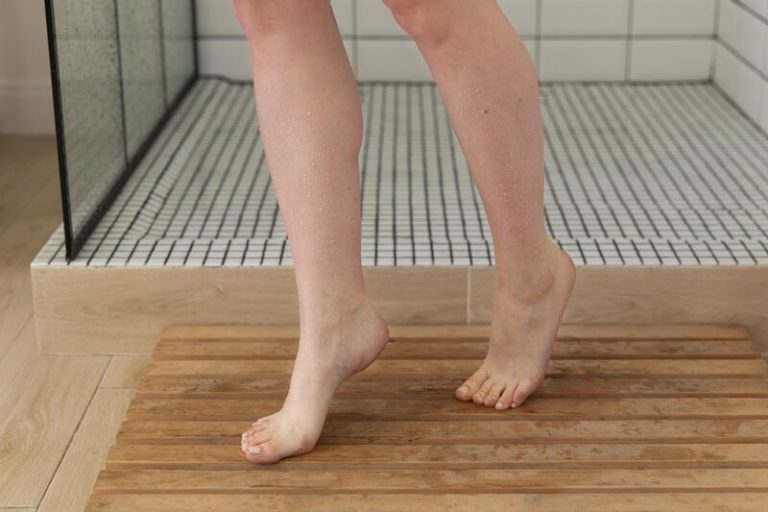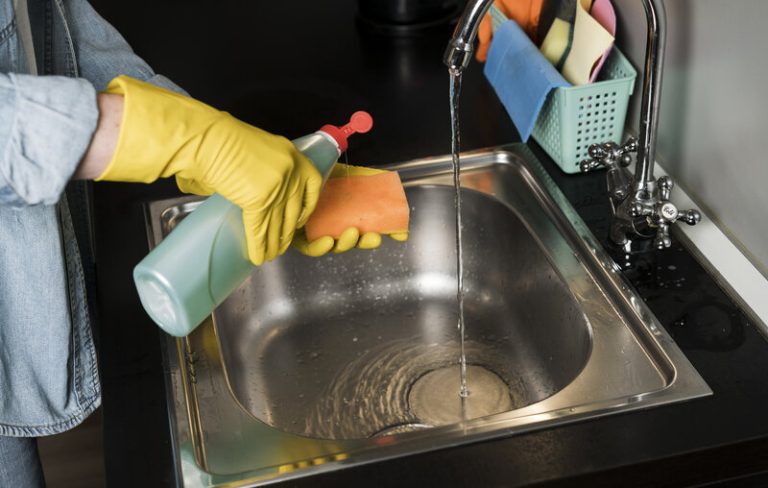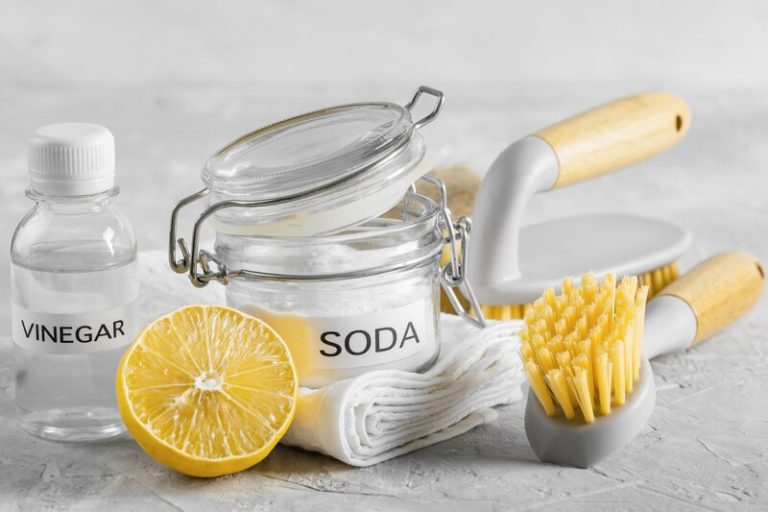In today’s world, knowing how to disinfect room is more essential than ever for ensuring safety and health. Disinfecting a room involves more than just a surface clean; it requires effective techniques and products designed to eliminate harmful germs and bacteria. This guide delves into the process of disinfecting a room, its significance, and the numerous benefits it offers, such as enhanced indoor air quality and peace of mind.
We’ll also address when to disinfect a room and provide insights on how to sterilise a room effectively. With practical tips for efficient cleaning, you’ll be well-equipped to create a safe environment, whether at home or in professional settings. Let’s embark on this journey to a cleaner, healthier space together!
Why is Disinfecting a Room Important?
Disinfecting a room is essential for ensuring high air quality and preventing the spread of infectious diseases, particularly respiratory infections caused by airborne pathogens. Regularly disinfecting indoor spaces limits the presence of household germs, enhancing overall health and well-being.
This practice is critical in public areas and shared environments, where the risk of infection increases without proper cleaning routines. Understanding how to disinfect a room effectively can help maintain a safer atmosphere. The benefits of disinfecting a room extend beyond cleanliness; it improves infection control and reduces the risk of airborne pathogens.
By employing effective disinfection strategies, individuals can ensure their environments are both visually appealing and protected against infectious diseases. Regular disinfection can lead to improved health outcomes, reduced sick days, and better air quality. Maintaining a practical cleaning checklist can support these efforts, such as wiping down high-touch surfaces and vacuuming regularly while being mindful of when to disinfect a room for optimal results.
When Should You Disinfect a Room?
Knowing when to disinfect a room is crucial for maintaining air quality and effective infection control, particularly after illnesses or large gatherings. Disinfection should occur after any individual has been sick, or when there are signs of contamination on surfaces. Regular routines, including using sanitising mist in high-touch areas, are recommended in public spaces where germ transmission risk is heightened.
Indications for disinfecting a room include visible contamination, infectious disease presence, or spikes in respiratory infections. Signs such as outbreaks of illnesses like flu, high foot traffic in communal areas, or spills can signal the need for enhanced disinfection. Recognising these indicators and implementing effective cleaning methods will substantially reduce the risk of infection transmission.
Knowing how to sterilise a room effectively contributes to overall health and well-being, ensuring a safe environment for everyone.
How to Prepare for Disinfecting a Room?
To effectively disinfect a room, begin by gathering essential cleaning supplies and creating a detailed checklist. This preparation phase is crucial for implementing safety measures, such as ensuring proper room ventilation. Such actions not only streamline the cleaning process but also enhance the efficacy of disinfectants, effectively reducing the spread of germs.
By preparing adequately, you can achieve a healthier indoor environment while knowing when to disinfect the room to maintain hygiene.
a. What Supplies Do You Need to Disinfect a Room?
To properly disinfect a room, gather key supplies like surface sanitisers, disinfectant spray foggers, and high-efficiency air filters. Cleaning cloths, gloves, and protective gear are also essential to safeguard against harmful chemicals.
Utilizing the right tools is vital for effective cleaning: surface sanitisers kill bacteria, while foggers ensure even coverage. Additionally, air filters improve air quality, reducing airborne pathogens, making it easier to understand how to sterilise a room thoroughly.
b. What Safety Precautions Should You Take?
When disinfecting a room, prioritize safety to protect yourself from harsh chemicals and airborne pathogens. Ensure proper ventilation by opening windows and doors, and wear protective gloves and masks when using strong disinfectants. Limiting your time in the treated area and familiarising yourself with product labels are crucial steps.
By following these precautions, you can significantly mitigate risks, thus creating a safer space while effectively learning how to disinfect a room.
What is the Best Way to Disinfect a Room?
The best way to disinfect a room involves a combination of effective cleaning methods, appropriate disinfecting products, and strategic approaches. This includes thoroughly cleaning surfaces before applying disinfectants, using tools like germicidal UV lights, and ensuring proper ventilation. Such methods help eliminate germs effectively while addressing airborne pathogens, teaching you how to disinfect a room and when to disinfect a room for optimal cleanliness.
What Products Are Effective for Disinfecting a Room?
To effectively disinfect a room, a variety of products should be used, such as surface sanitisers, aerosol disinfectants, and specialised solutions. Selecting the right products is essential for eliminating harmful pathogens and maintaining a clean environment. Surface sanitisers work well on high-touch areas, while aerosol disinfectants reach difficult spots.
Always follow the manufacturer’s instructions to maximise effectiveness, ensuring you know how to sterilise a room properly while prioritising safety in disinfecting room practices.
Tips and Tricks for Disinfecting a Room
Effective tips can streamline the process of disinfecting a room, improving cleaning routines and ensuring critical areas are addressed. Focusing on the germiest spots and using a structured checklist can significantly enhance hygiene practices.
By targeting high-touch areas and implementing a systematic approach, you can efficiently disinfect room environments, creating a healthier space while maintaining routine disinfection efforts.
a. How Can You Make the Process More Efficient?
To efficiently disinfect a room, use a cleaning checklist and structured methods that cover all necessary areas. This approach saves time and ensures every surface is treated. Grouping similar tasks, using the right tools, and prioritising high-touch areas like door handles can streamline the process.
By organising the space and following a routine, disinfecting room procedures become faster and more effective, offering better infection control and cleanliness.
b. What are Some Common Mistakes to Avoid?
Common mistakes during the disinfection process, like not cleaning surfaces first or applying too little disinfectant, can reduce effectiveness. To disinfect a room properly, always pre-clean surfaces to remove grime and allow the disinfectant to sit for the recommended time. Skipping these steps or rushing can compromise results. Recognising these errors ensures you know how to disinfect a room efficiently, leading to a safer and healthier indoor environment.
How Often Should You Disinfect a Room?
The frequency to disinfect a room depends on factors such as foot traffic, high-touch surfaces, and the activities performed in the space. Rooms with frequent use, like living areas or offices, require more regular disinfection.
Creating a routine that focuses on disinfecting high-contact areas can help maintain cleanliness and limit the spread of germs. Understanding when to disinfect a room ensures a consistent approach to hygiene.
What Factors Determine the Frequency of Disinfecting a Room?
Several factors influence how often you should focus on disinfecting a room. High foot traffic, the presence of vulnerable individuals, and room usage patterns are crucial in determining cleaning schedules.
Additionally, how to disinfect a room depends on the type of surfaces and whether people with weakened immune systems frequent the space. By adapting disinfection efforts to these factors, you can ensure a safer, germ-free environment.
To effectively disinfect a room, it’s crucial to follow proper cleaning methods to ensure all harmful bacteria and germs are eliminated. Whether you’re disinfecting a room regularly or addressing specific concerns, understanding how to disinfect room properly can lead to a healthier and safer environment.
In addition, knowing when to disinfect room and how to sterilise a room ensures you take the right steps to maintain cleanliness and prevent the spread of illness. If you’re serious about maintaining a healthy, germ-free environment, why settle for less?
While you can disinfect a room yourself, TEKA Cleaning’s specialised services ensure a far more thorough, deep clean than ordinary household products can offer. Our team uses advanced techniques and equipment to eliminate even the most stubborn bacteria, giving you a spotless, sanitised space you can truly rely on. From disinfecting your room to tackling larger spaces, we cover it all with professional care.
Don’t wait until it’s too late, call TEKA Cleaning at 01223 751 544 today and secure your space’s cleanliness with expert precision. Enjoy peace of mind knowing you’re in the safest hands!
Read also:











